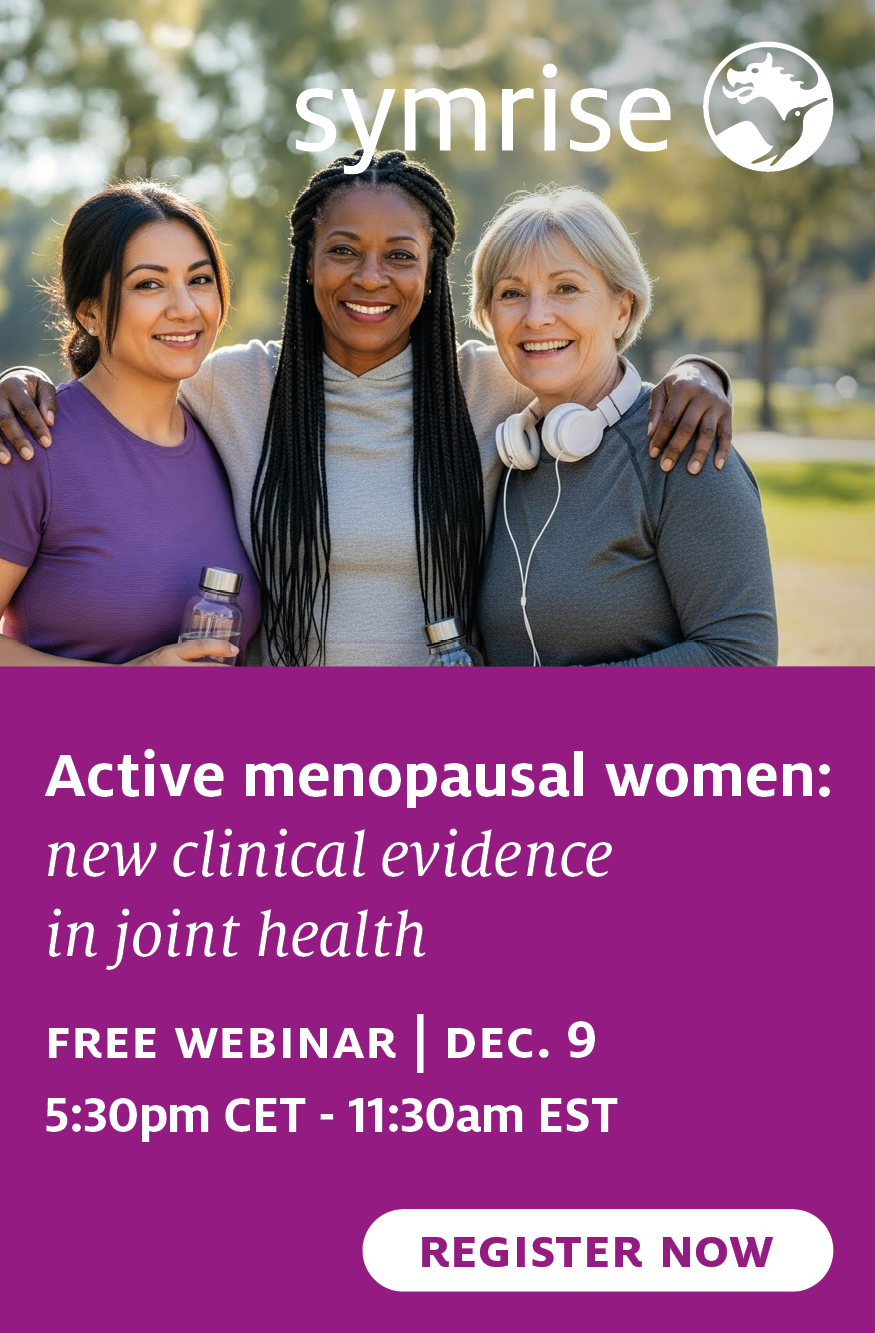
- Industry news
Industry news
- Category news
- Reports
- Key trends
- Multimedia
Multimedia
- Journal
- Events
- Suppliers
Suppliers
- Home
- Industry news
Industry news
- Category news
- Reports
- Key trends
- Multimedia
Multimedia
- Events
- Suppliers
Suppliers
Sweetener safety in spotlight after study links stevia to gut microbial imbalance

09 Dec 2020 --- Stevia may disrupt communications between different bacteria in the gut microbiome, according to a study published in Molecules, but without bactericidal effect.
This study has elicited a strong response from sugar lobbyists, given that sweeteners are widely viewed as a healthier alternative to sugar.
NutritionInsight speaks with lead author Dr. Karina Golberg from Ben-Gurion University, Israel, on her findings, as well as with the Sugar Association and the International Sweeteners Association (ISA) about the impact this study might have on industry.
Disrupting bacterial communication
In the study, purified stevia extracts, including stevioside, rebaudioside A (Reb A) and steviol, revealed a molecular interaction and a possible interruption of Gram-negative bacterial communication via either the cytosolic receptor LasR or protein receptor RhlR.

“In the gut microbiota, bacterial communication named quorum sensing (QS) uses different signaling molecules as chemical messengers to relay information to each other,” Golberg explains.
“The communication network is employed either for the benefit of the whole population or for the competitive advantage of one species over another. Therefore, disrupting bacterial communication by stevia or its predominant glycosides can affect the microbial balance in the gut.”
The researchers’ in-silico analyses suggest a competitive-type inhibitory role for steviol, while Reb A and stevioside are likely to inhibit LasR-mediated QS in a non-competitive manner.
 The study suggests that a high consumption of stevia may disrupt microbial balance.Food industry regulation
The study suggests that a high consumption of stevia may disrupt microbial balance.Food industry regulation
Golberg maintains more studies are needed to elucidate the health effects of these sweeteners and to adjust current highest daily recommended doses.
Dr. Courtney Gaine, president and CEO of the Sugar Association, asserts that this study highlights a significant issue that needs to be addressed by the industry: sugar replacement.
“The use of artificial and low- and no-calorie sweeteners in food and beverages has surged more than 300 percent in the last five years,” she states.
Once used primarily as a tabletop sweetener, alternative sweeteners are now abundant in foods like bread, cereal, granola bars, yogurt, ice cream, milk and children’s beverages.
F&B companies feel under pressure to reduce added sugars given its association with non-communicable diseases such as dental cavities, diabetes and hypertension.
Sugar and saturated fat “gone awry”
However, Gaine is concerned that the impact of reducing sugar on the food supply has not been adequately studied and modeled.
“Sugar can’t easily be removed or reduced from products because one to several ingredients are needed to replace it and replicate its taste profile and functionality. So, the short- and long-term effects of the added sugars labeling requirement in the US is entirely unknown.”
 The Sugar Association flags that replacing sugar often requires more than one ingredient to achieve good taste, texture and stability.She points to saturated fat as a relatively recent example of “food reformulation gone awry.” The food industry replacing saturated fats with trans fats before having fully understood the latter’s health impacts mirrors the current situation with sugar and sweeteners.
The Sugar Association flags that replacing sugar often requires more than one ingredient to achieve good taste, texture and stability.She points to saturated fat as a relatively recent example of “food reformulation gone awry.” The food industry replacing saturated fats with trans fats before having fully understood the latter’s health impacts mirrors the current situation with sugar and sweeteners.
Innova Market Insights highlighted this theme in its sixth top trend for the F&B industry 2020 with “Macronutrient Makeover.” The trend highlights attention being paid to changing perceptions of macronutrient content and balance in food and drinks as a whole.
Goals of reducing sugar
Ultimately, reduced sugar doesn’t necessarily mean reduced calories, Gaine emphasizes. “Many times, it has the opposite effect. We need to stop and think: ‘What is the goal of reducing added sugars?’ and if there is an agreed-upon goal, ‘What is the best way to get there?’”
For the ISA, the goal is to help consumers conveniently and sustainably reduce their caloric and sugar intake at a time when obesity and non-communicable diseases remain global health challenges. An ISA spokesperson argues that sweeteners can and should still serve this purpose.
“Global regulatory authorities consistently confirm the safety of all approved low/no-calorie sweeteners, including steviol glycosides [the active compound in stevia],” the ISA spokesperson maintains.
 The ISA maintains that sweeteners remain a safe and affordable solution to help consumers prevent non-communicable diseases.They underscore that current studies establish no evidence of any adverse effect of low/no calorie sweeteners on the gut microbiota at doses relevant to human use, including no evidence of clinically relevant gut microbiota effects.
The ISA maintains that sweeteners remain a safe and affordable solution to help consumers prevent non-communicable diseases.They underscore that current studies establish no evidence of any adverse effect of low/no calorie sweeteners on the gut microbiota at doses relevant to human use, including no evidence of clinically relevant gut microbiota effects.
“Importantly, when looking more closely at the design of [the new in-silico] study, we must highlight that such experiments usually expose cells to high concentrations of the tested ingredient out of the human body,” the spokesperson notes.
Such ex-vivo testing conditions may cause reactions that would not be seen with real-life exposure conditions in humans. Consequently, the study cannot predict the real-life use of a sweetener, they note.
Previous studies have flagged the adverse metabolic health effects of sweeteners. This has incentivized industry to innovate toward more sweeteners perceived as being clean label, such as monk fruit mogrosides, miracle berry fruits and pear leftovers.
By Anni Schleicher












